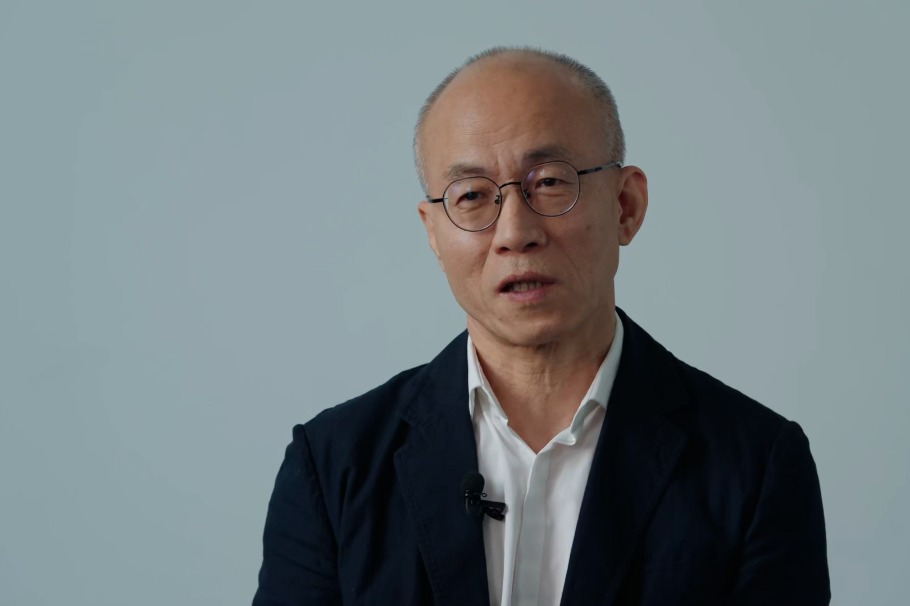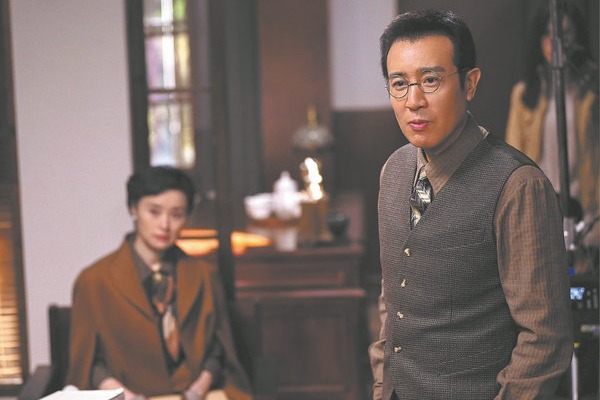Embracing kung fu without borders


Foshan, its neighboring city Zhongshan, the Wudang Mountains in Hubei province, and Shaolin Temple in Henan province, are synonymous with Chinese martial arts.
The traditional Chinese art of combat had sparked interest among people around the world, who were inspired by the kung fu heroes they saw in movies and on television.
"To start with, the training in the Wing Chun style of kung fu was hard and tough," recalls Jesper Lundqvist - a Danish kung fu practitioner, who has called Foshan in Guangdong province home for over a decade. Fingering the subtle curvature on his nose that he attributes to a fight during training, he says: "I couldn't breathe."
Lundqvist is among 100,000 people who practice kung fu in Foshan, which was a breeding ground for renowned martial artists, such as Wong Fei-hung, during the early 20th century. The southern Chinese city was enjoying its halcyon days of peace when martial arts clubs sprang up like mushrooms, teaching students a variety of kung fu styles, including Wing Chun, which is known for its explosive, close-range strikes.
But, the public's interest in Wing Chun may have declined in recent years as mainstream teaching methods have evolved to cater to the needs of people from different professions, thereby denting its glamor, according to Lundqvist. "Many people see martial arts as more of a hobby than a rigorous discipline. Professionals like lawyers and businessmen may want to avoid physical harm, which could interfere with their work. Consequently, the modern practice of Wing Chun has become gentler and more accessible."
The legacy of Wing Chun was spread through the influence of grandmaster Ip Man, a native of Foshan, who took the art to Hong Kong. His student, the late superstar Bruce Lee, catapulted this ancient Chinese martial art onto the global stage through an array of films that became international hits in the 1970s.
Lundqvist first encountered Wing Chun in Denmark as it was gaining worldwide fame. "When I was a teenager, I spent my pocket money and earnings from jobs buying books, magazines and, later, expensive videotapes from the United States, to seek as much information as possible about Wing Chun," he reminisces. Lundqvist began his martial arts training in 1984 and quickly developed a passion for it.
In his pursuit of authentic kung fu, Lundqvist first visited China in 2008. His desire to learn directly from the master, who was the source of the martial arts style he practices, led him to travel frequently between Europe and China until 2012, when he decided to relocate to Fo- shan permanently.
Lundqvist is captivated by the ceaseless cadence of daily life in the capital city of southern Chinese martial arts, a vibrant tableau teeming with unexpected surprises. "You might often greet someone, only to discover later that he was a student of a renowned master 50 years ago. It's an experience you can't find almost anywhere."
Currently, Foshan has 297 registered, and more than 200 unregistered martial arts schools, employing about 10,000 martial arts professionals, according to the city's government website.
- China becoming key contributor to cosmic understanding, academician says
- Xi's special envoy to attend inauguration of Seychelles' president
- Commemorating Taiwan's restoration reflects Chinese people's shared will
- China's top anti-graft body convenes to study principles of CPC plenum
- Major strontium ore deposit found in Jiangsu
- Sierra Leone hails Chinese investment as 'pivotal' to mining growth




































